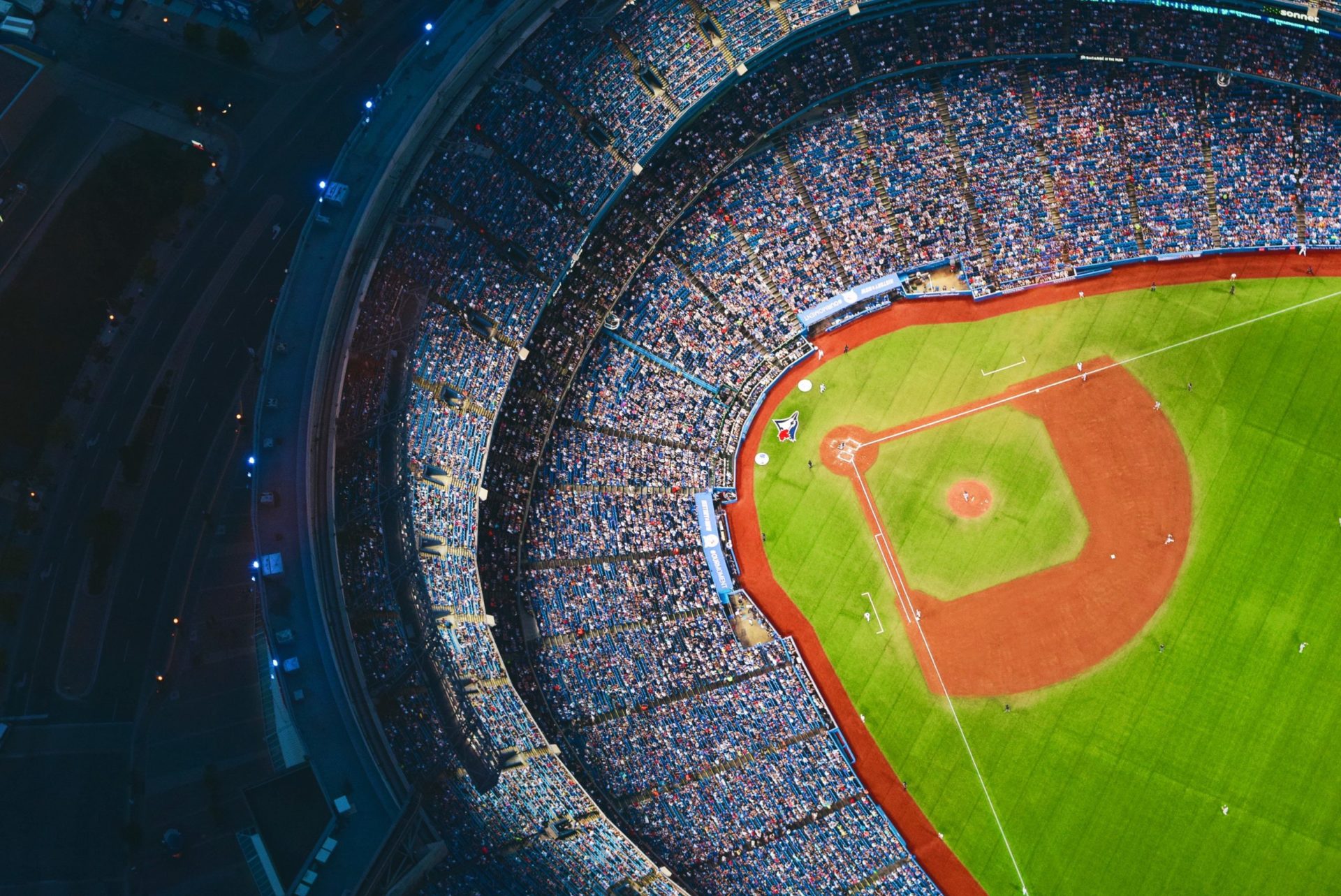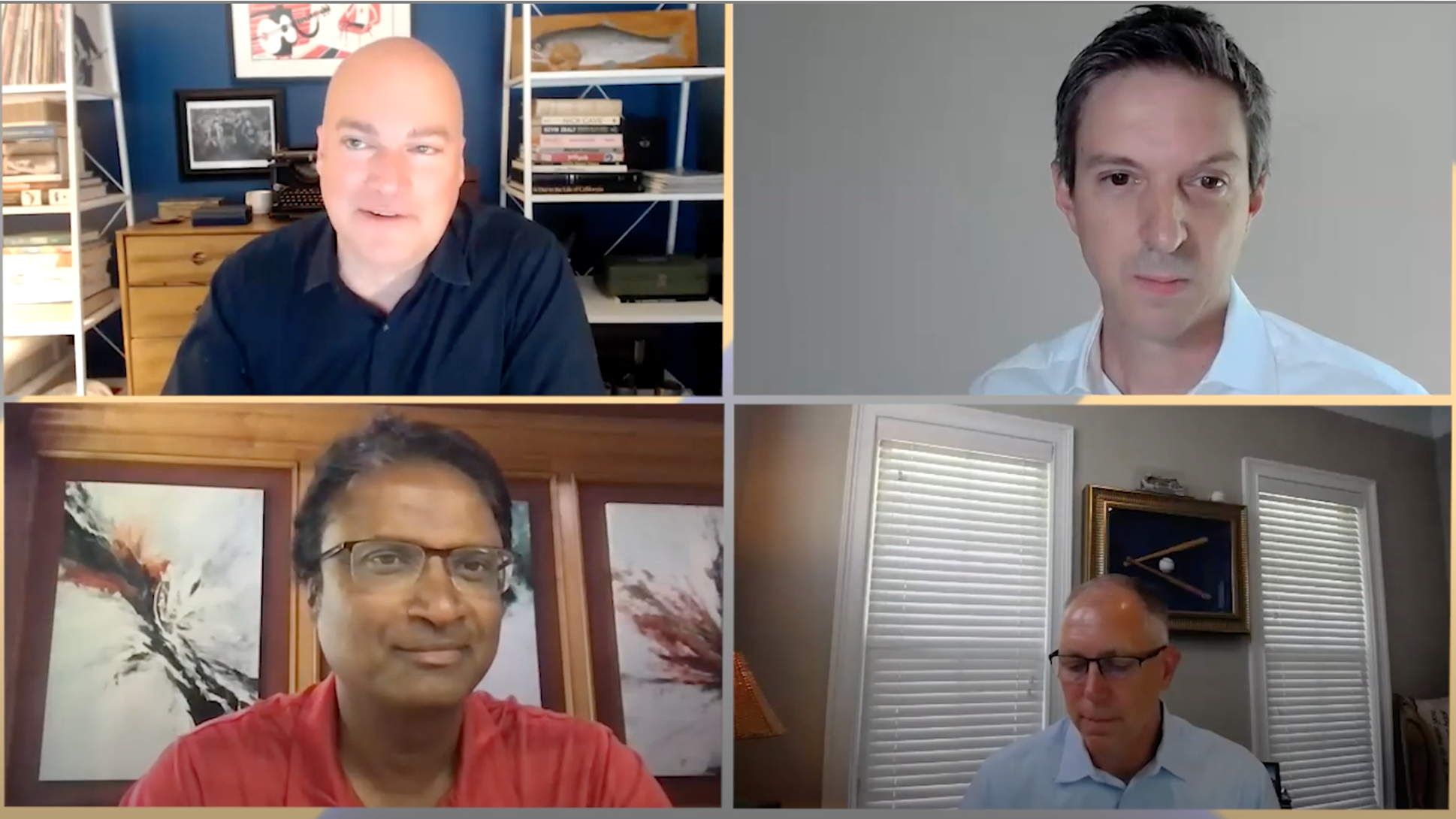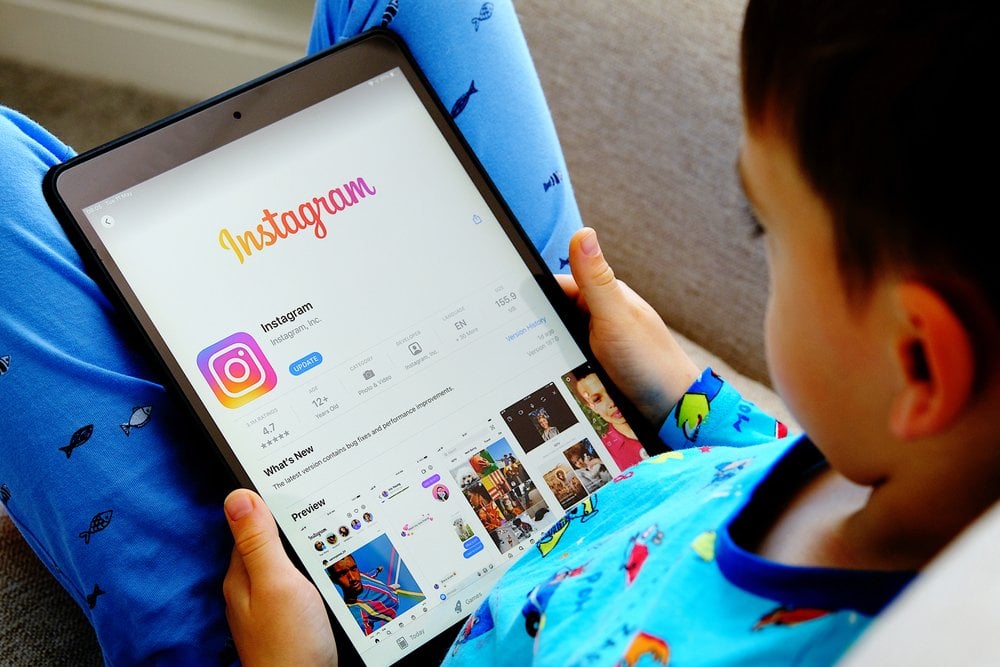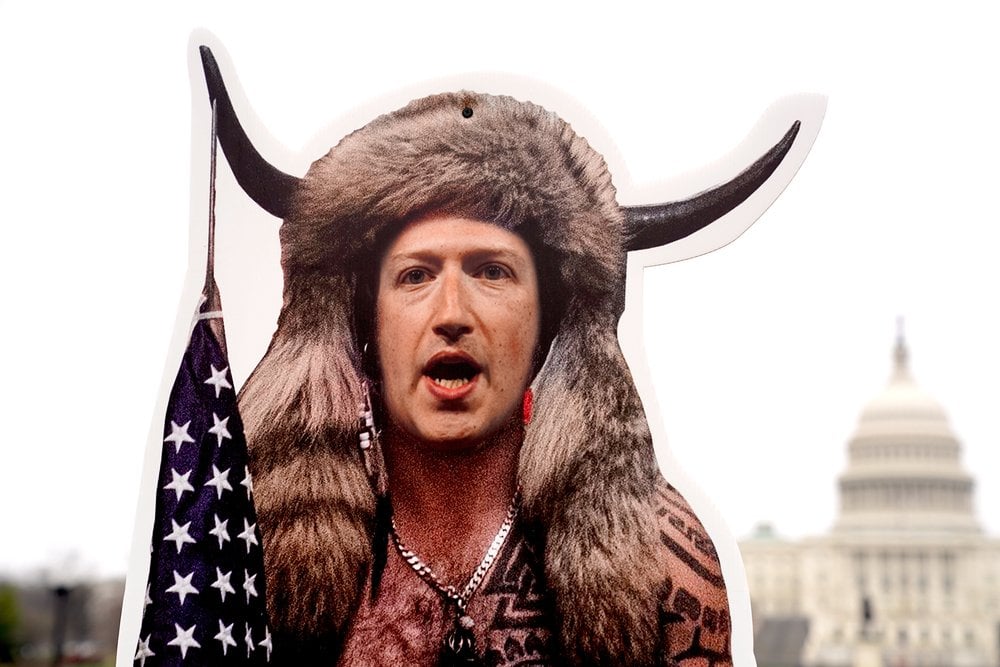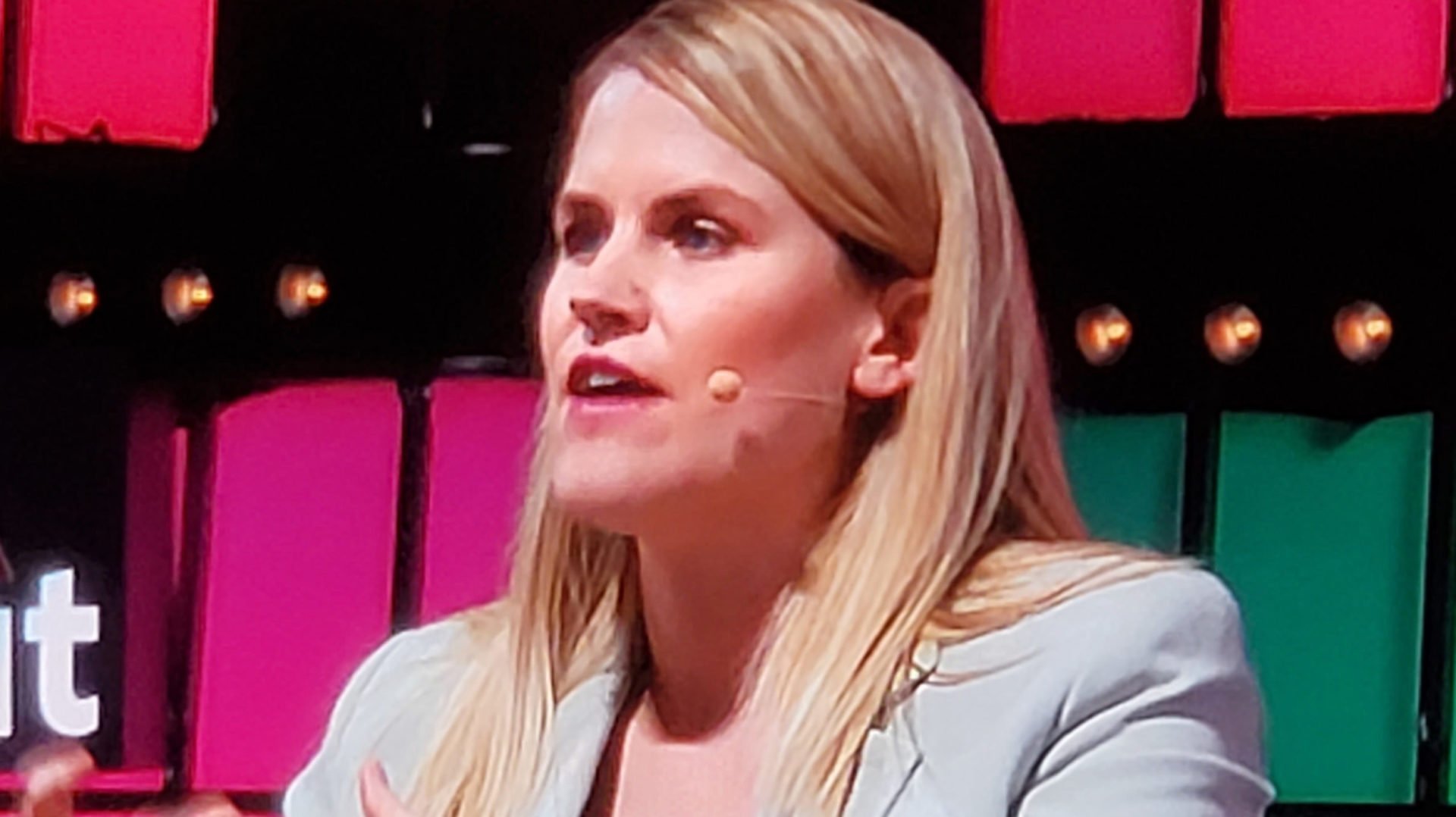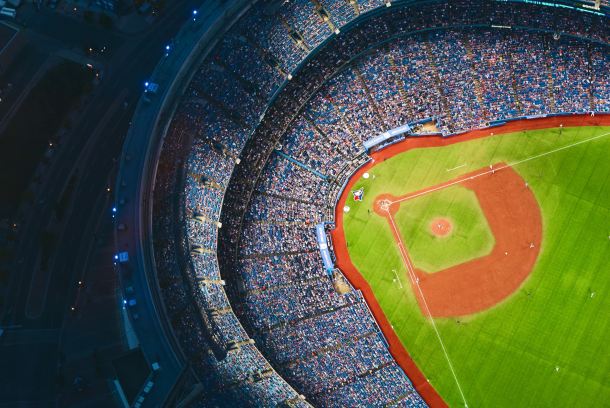
Do you remember where you were during great moments in sports history? Pick one: Michael Jordan taking “The Shot,” in 1989. Or the New York Giants snatching an undefeated season away from the Patriots in 2007. Or Tiger Woods the other day pulling off his first major win in 11 years. What makes live sports so special is that it’s an analogue for life–filled with competition, resilience, and heroes. Live sports is inspirational and aspirational, and a uniting force in our divided times.
This emotional tether between consumers and live sports has driven a multi-billion-dollar sports media industry, led by Disney (on both ESPN and ABC), CBS, FOX, and Comcast’s NBC. Sports has historically offered something no other kind of content can: a large, loyal, and predictable viewership. Advertisers energetically climb over themselves to get premium access to this highly engaged audience, while cable affiliates consistently pay higher fees for such content.

The critical question is how sustainable is it for the media industry to continue to invest in live sports?
Short answer, it’s not. Here’s why.
So far, disruption hasn’t been felt by sports media’s major players for one reason: most of us have smartphones, and we’ve mostly added to not subtracted from our media diet. Just a few years ago, many Americans spent three hours each day watching television. Now, we watch more than six hours of content each day, in part because of around-the-clock access on our mobile devices. We spend about 60 minutes every day on Facebook, Instagram and YouTube. Gaming platform Twitch’s nearly 1 million users spend about 30 minutes every day there.
Here’s the bottom line: Our bandwidth for media in general is saturated. Sports media must find new areas of growth.
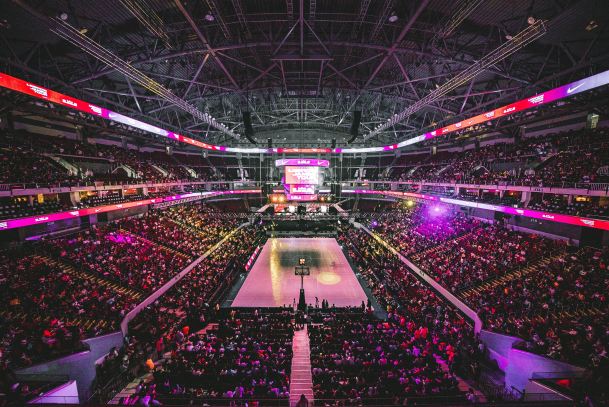
The sports media industry’s investments in live sports were supported by the size and predictability of its viewership. It was fueled by a cycle of price increases the big players could squeeze from cable companies (which increased your cable bill) and advertisers. Unfortunately, that’s no longer sustainable.
Consider Disney’s profit margin–about 35%, versus Netflix’s 7%. The delta is explained by Disney having the luxury of two distinct yet symbiotic income streams–affiliate fees from cable companies and advertising revenue. Because companies like Disney could rely on the steady viewership live sports produced, sports media’s legacy players could simultaneously charge higher advertising rates and affiliate fees (the amount cable companies pay the television networks). Given this framework, you can understand why ESPN has been able to pay the NFL nearly $2 billion a year to broadcast Monday Night Football.

The problem is that these two related revenue streams have now irreversibly bifurcated. Content owners will increasingly rely on subscription services for their distribution (like via Netflix, Amazon, or Hulu), while ad buyers will rely on channels like Facebook. The hybrid studio-ad model is now broken and shifted toward one of specialization. We now have companies that are content specialists and advertising specialists. The former optimizes the studio model to accelerate content creation and sourcing, while the latter caters to the growing advertiser demand for targeted exactitude. Legacy sports media outlets no longer serve both constituencies effectively.
There’s another relevant issue: consumer brands are being disrupted. Think about what a brand is –a communication tool. A quick way of communicating information about product quality or value, aspirational or otherwise. Historically, the point of spending mega dollars on television ads was to augment shelf space in stores, allowing consumers to quickly find and decide which detergent to buy.
The internet’s ability to surface information about competing and superior products makes national or global brand awareness less relevant. As a consequence, specialized brands have gained traction by building direct relationships with consumers. This is why niche companies like Glossier can threaten global cosmetics companies.
Facebook and Google exacerbated the pressures on traditional advertising by enabling brands to calculate down to the penny how much it costs to acquire customers. With ad dollars being spent more efficiently, budgets are shifting towards enhancing consumer experiences rather than maintaining shelf space. Even if live sports viewership stays intact, overall ad dollars are unlikely to grow.
In the face of disruption, incumbents always face an uphill battle. By historical standards, it’s difficult to find a more colossal disruption that puts all the incumbents in jeopardy. The question for legacy sports media is how can it adapt its business models to the new paradigm. One possible way to navigate this tsunami is to aggressively embrace the fastest-growing category of sports entertainment– e-sports. This could solve many of the issues by lowering the cost of both content generation and delivery. That’s a story for next time.

